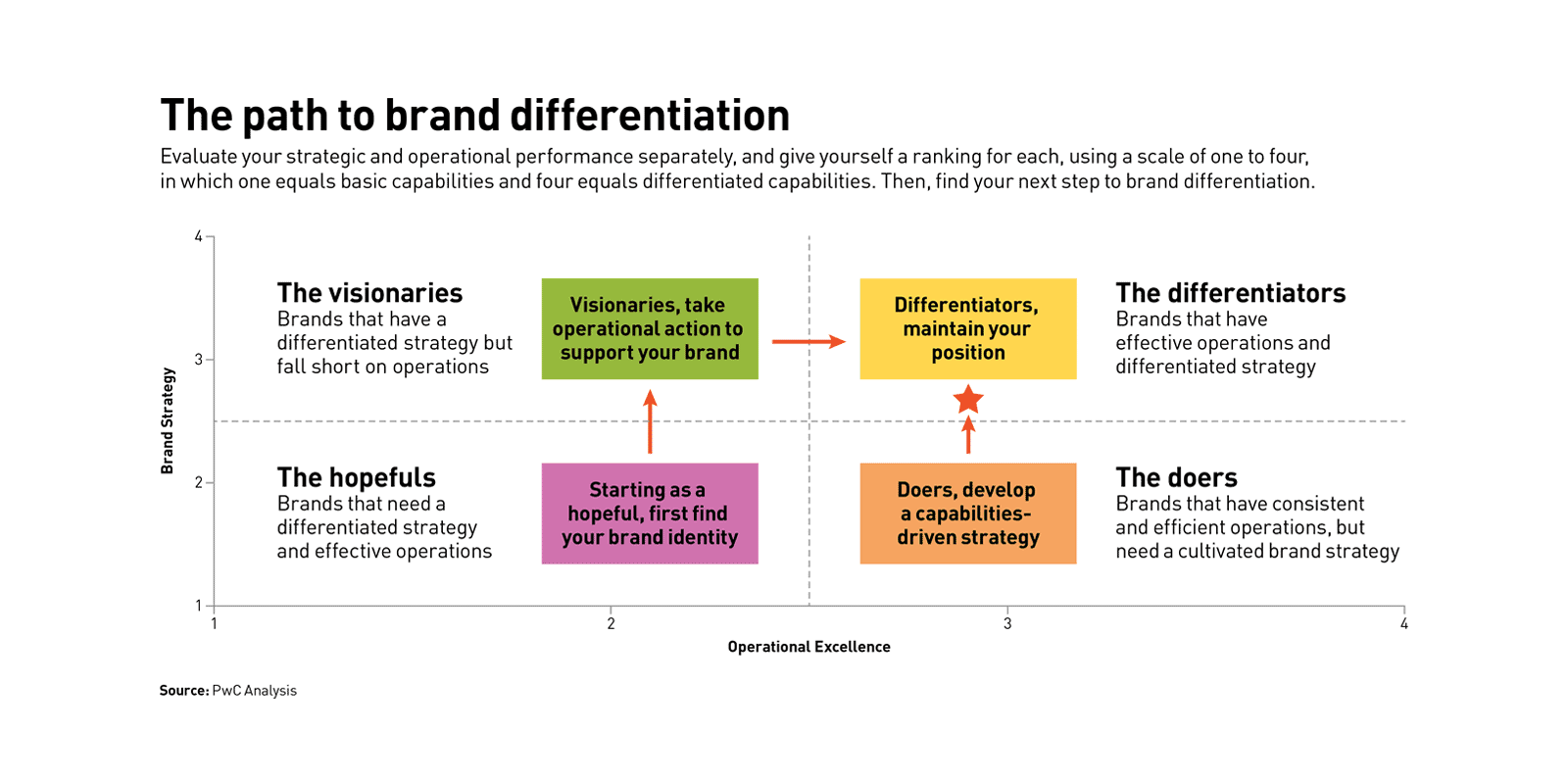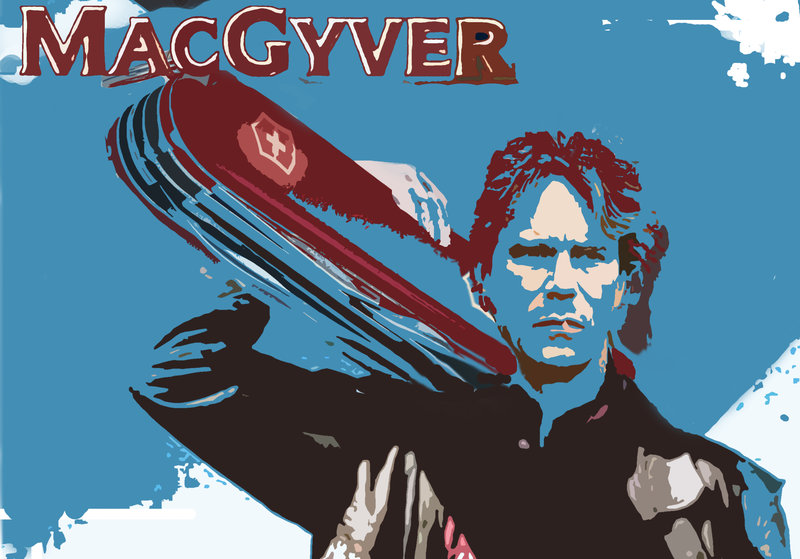"But all of us are vulnerable to forgetting the crucial practice of asking questions as we move up the ladder. High-achieving people in particular frequently fail to wonder what others are seeing. Worse, when we do recognize that we don’t know something, we may avoid asking a question out of (misguided) fear that it will make us look incompetent or weak. “Not asking questions is a big mistake many professionals make,” Norma Kraay, the managing partner of talent for Deloitte Canada, told us. “Expert advisers want to offer a solution. That’s what they’re trained to do.”
.
Leaders can encourage inquiry in two important ways— and in the process help create an organization where it’s psychologically safe to ask questions.
...
When leaders show interest in what others are seeing and thinking by asking questions, it has a stunning effect: It prompts people in their organizations to do the same.
Asking questions also conveys the humility that more and more business leaders and researchers are pointing to as vital to success.
...
one way a leader can make employees feel comfortable asking questions is by openly acknowledging when he or she doesn’t know the answer. Another, she says, is by having days in which employees are explicitly encouraged to ask “Why?” “What if…?” and “How might we…?”...
Get People to See the World Through Others’ Eyes
.
LEADERS SHOULDN’T JUST encourage employees to be curious about different groups and ask questions about their thinking and practices; they should also urge their people to actively consider others’ points of view. People from different organizational groups don’t see things the same way.
...
Creating a culture that fosters this kind of behavior is a senior leadership responsibility. Psychological research suggests that while most people are capable of taking others’ perspectives, they are rarely motivated to do so."
Trechos retirados de "Cross-Silo Leadership"














/https%3A%2F%2Fwww.industryweek.com%2Fsites%2Findustryweek.com%2Ffiles%2FLiouz-chart-1.png)




















